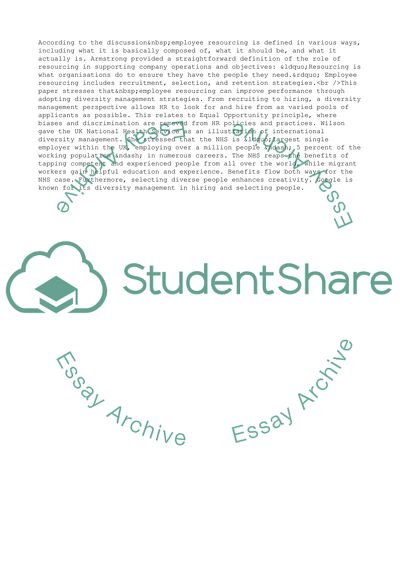Cite this document
(“Adding Value through Diversity Management, Ethical Behaviours, and Assignment”, n.d.)
Retrieved from https://studentshare.org/business/1403775-employee-resourcing-and-development
Retrieved from https://studentshare.org/business/1403775-employee-resourcing-and-development
(Adding Value through Diversity Management, Ethical Behaviours, and Assignment)
https://studentshare.org/business/1403775-employee-resourcing-and-development.
https://studentshare.org/business/1403775-employee-resourcing-and-development.
“Adding Value through Diversity Management, Ethical Behaviours, and Assignment”, n.d. https://studentshare.org/business/1403775-employee-resourcing-and-development.


